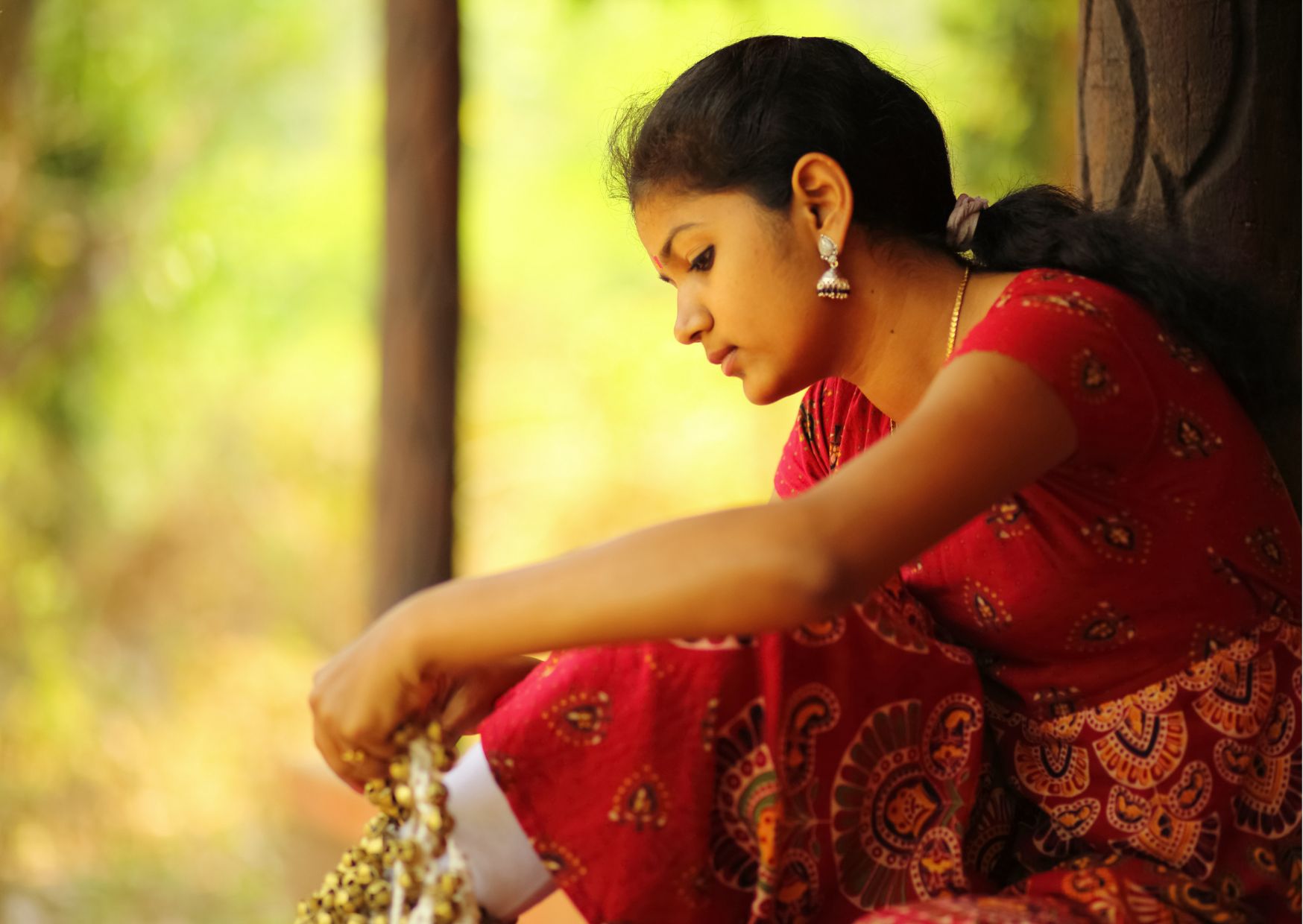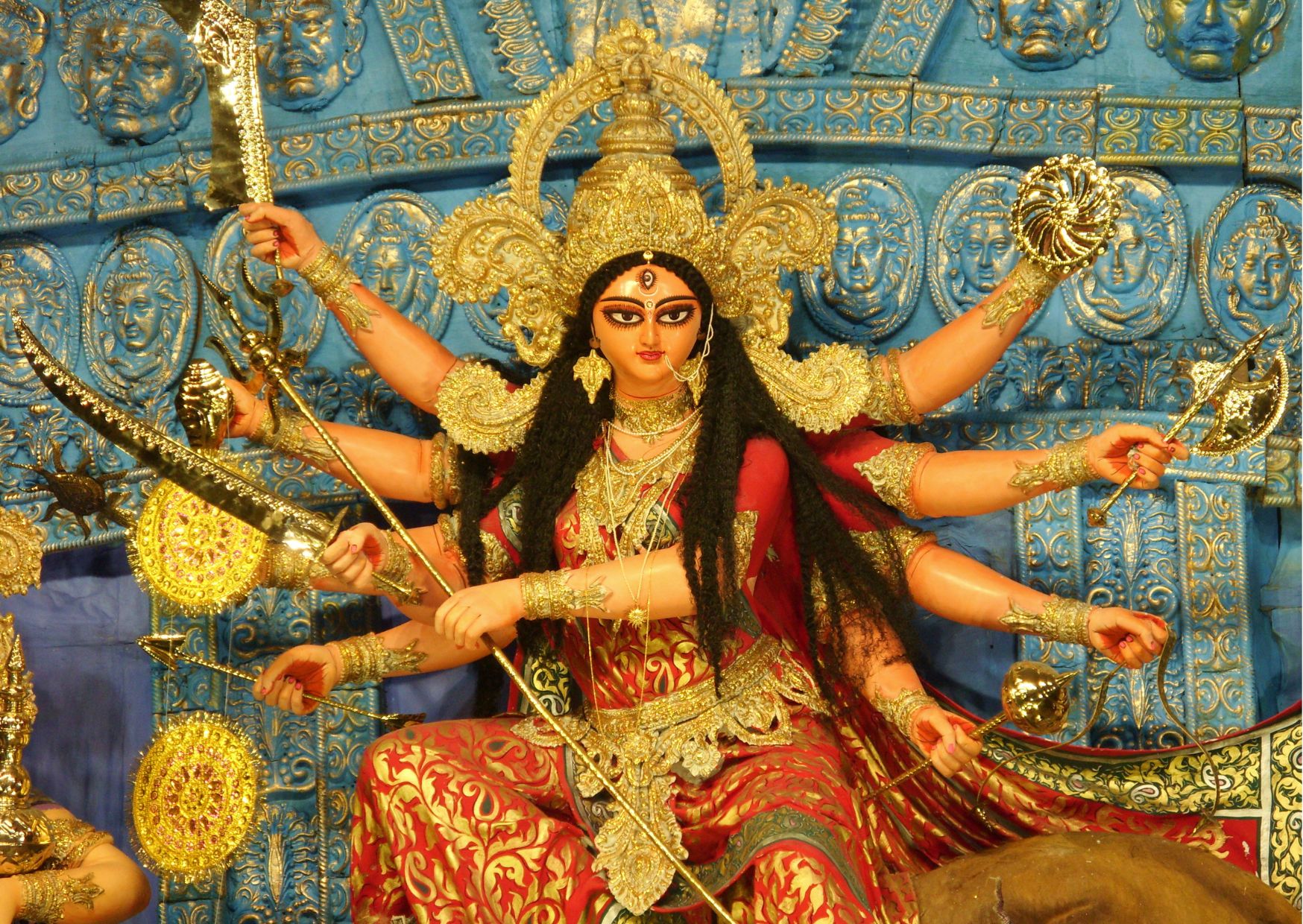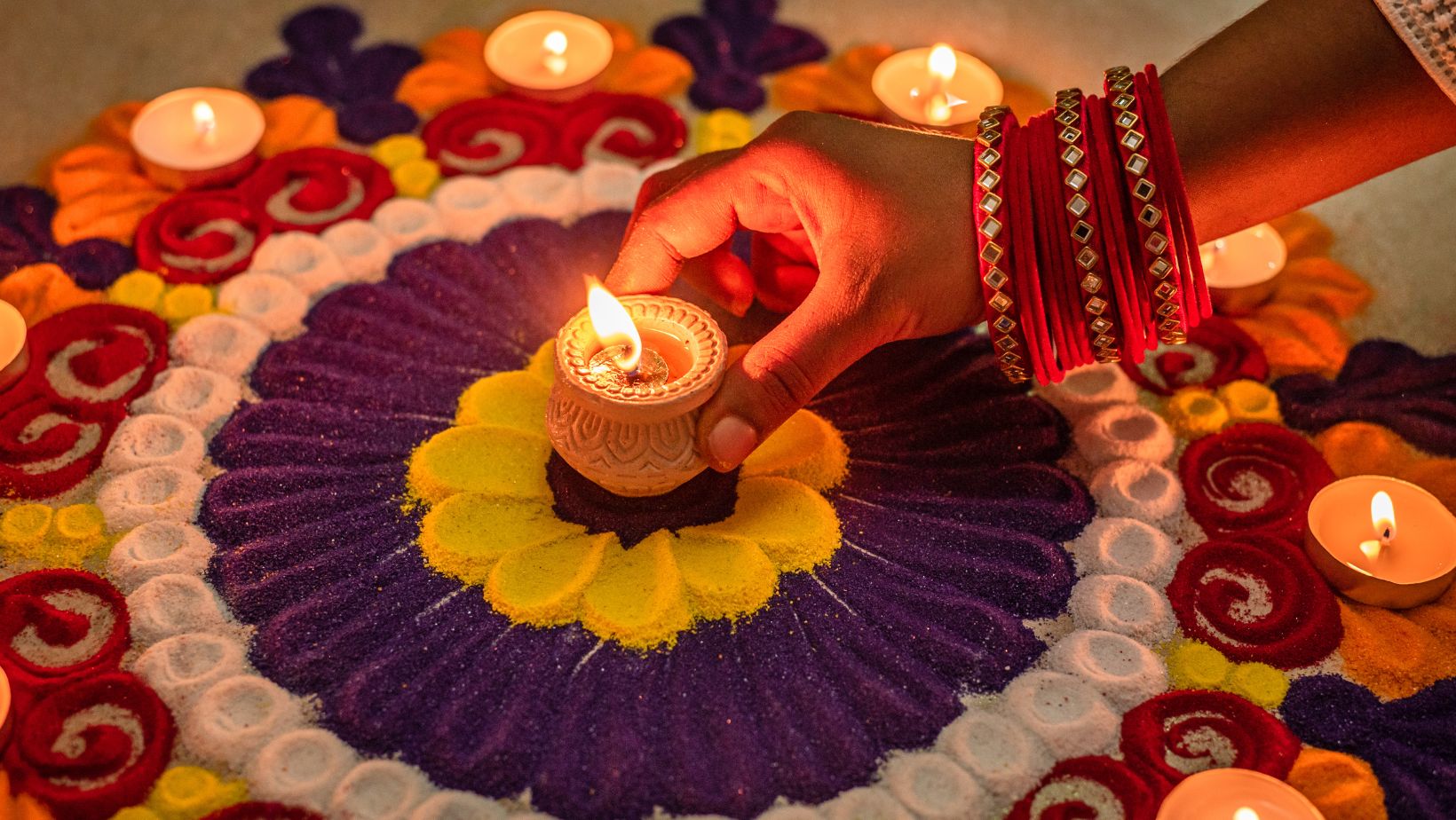Lessons from Kathak: a ten year old shares her thoughts
Kathak taught me patience, discipline, perseverence and brought me closer to Indian culture
I have always been fascinated by Kathak. Whether it is the graceful movements, the flowing Angrakha style anarkali kurta, or the stunning makeup. What captivated me the most were the electrifying sounds of ghungroo (anklet bells) when someone danced.

About two years ago, at the age of 8, I began taking Kathak classes. Kathak is one of India's eight classical dance forms and it originated in North India. The word Kathak comes from the Hindi word katha, meaning story. It is said that ‘katha kahe so kathak kahave’, which means that those who relate kathas (stories) are called kathakaar (storytellers). Kathak dancers dance to tell the stories of the ancient periods using different hand and foot movements with expressions. Kathak is not an easy dance, but with patience, passion, practice, and perseverance, one can definitely learn to do so.

Everything in Kathak dance, from bol (lyrics) to mudra (hand’s gesture) to bhaav (expression), must be performed with utter precision. It may sound strict but under the guidance of my firm but sweet Guru (teacher), I am gradually improving. The process involves years of training and exams.
I have realised that Kathak teaches not only dance lessons but also life lessons. As a Kathak student, let me share what I have learned so far:
Be a good listener: Kathak's first lesson is 'kaan taiyaar karna', (literal translation: preparing the ears). This means learning how to listen to each and every beat. It only takes one missed beat to spoil your performance.
Teamwork: A Kathak performance involves live music with instruments, sometimes with a group. To make a performance successful, everyone must give their utmost effort in coordination.
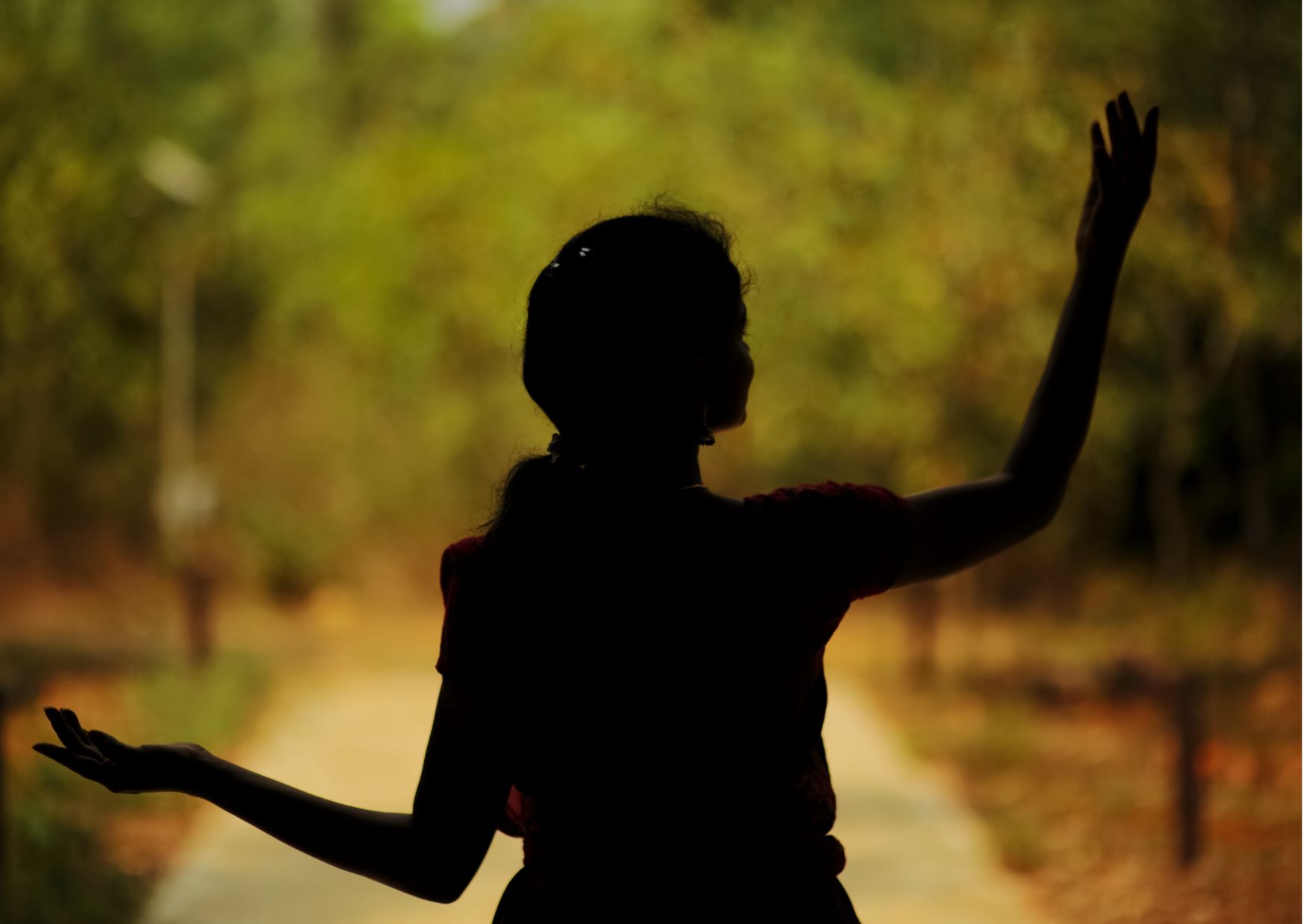
Discipline: Sticking to the class schedule, dress code, and dancing in sync with my classmates are all part of the experience. We cannot forget that regular abhyaas (practice) is a must regardless of whether we have classes that day or not!
It’s OK to make mistakes: Yes! learning kathak taught me that mistakes are a part of our learning journey. What matters is to keep calm and pass through the phase with a smile. With abhyaas, we can surely overcome our weaknesses. Perseverance is the key to success. The whole experience is an exercise that can build inner resolve and strength.
There’s always scope for improvement: Regardless of how well we performed or how much appreciation we receive from elders, there is always room for improvement. A lot of room. So we must always remain grounded and open to learning.
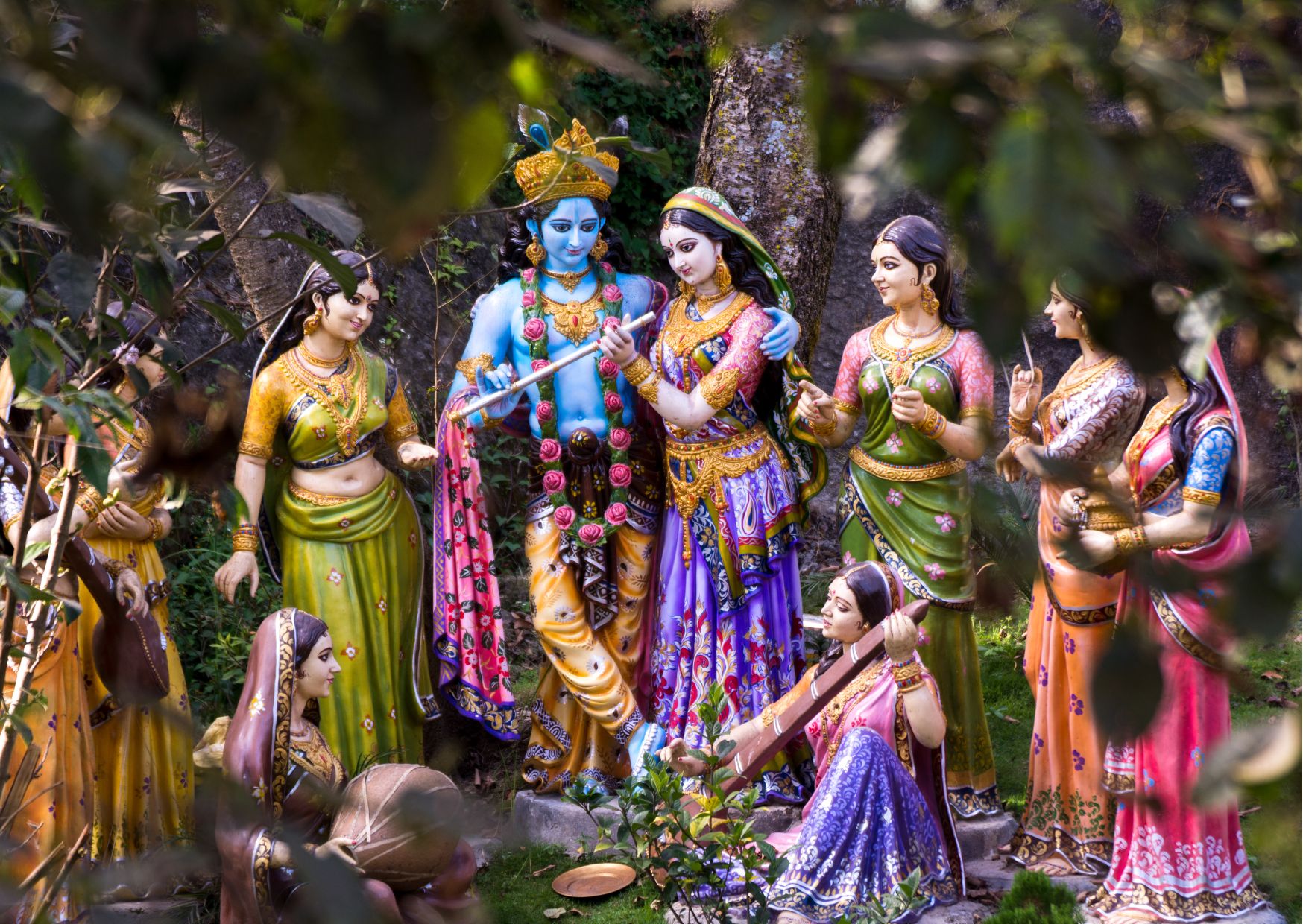
Through Kathak, I am able to gain a deeper understanding of Indian culture. A Kathak dancer narrates stories through his or her dance. Radha Krishna's stories are my favourite. I love incidents like Radha ka matki pakadna, (when Radha carries her earthen pot), Kanha ka matki phodna (when Kanha breaks the earthen pot), Krishna ka bansuri bajana (when Kanha plays the flute). All these beautiful Kathas come to me through Kathak. I may not have heard them all or understood their essence otherwise. Moreover, the theory of Kathak includes definitions of terms like kathak, lay, taal, taali, different types of mudras, etc. They are in Sanskrit and Hindi. This allows me to better understand and come closer to the languages.
I love Kathak. It brings me happiness. It gives me artistic expression. I truly enjoy the joyous moment when I execute the intricate footwork, padhant (process of reciting syllables bound by a rhythmic time cycle), and bol in sync. This is my experience of Kathak and I have experienced Kathak this way.

